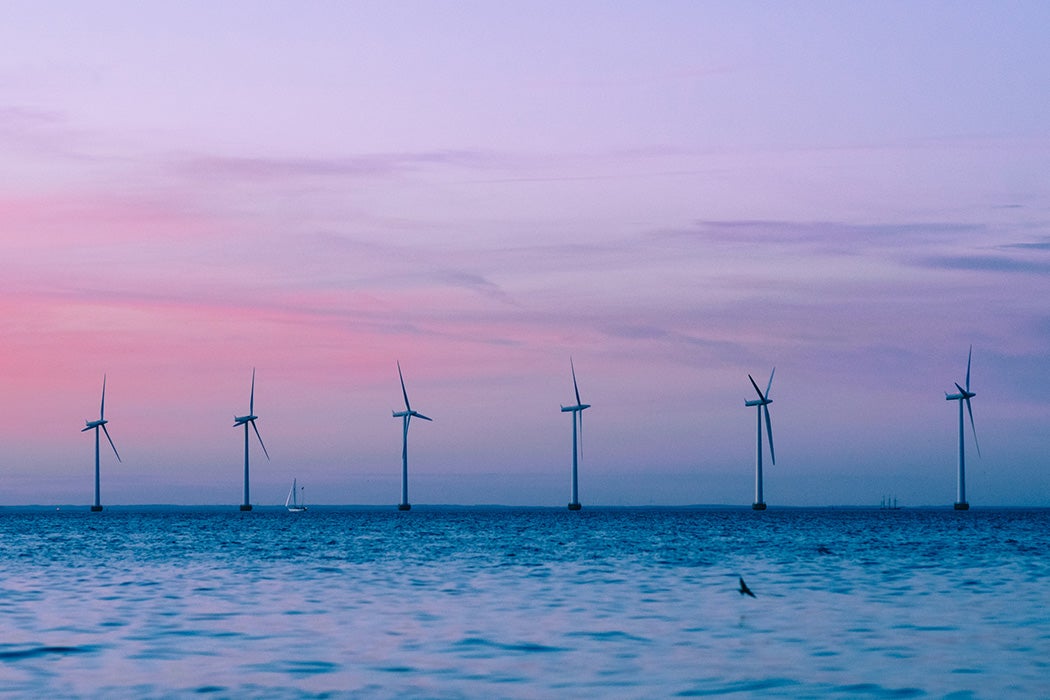Many researchers argue that cutting emissions from fossil fuels is essential and that renewable energy is the future. Offshore wind is a leading clean energy option in Europe, the coastal United States, and many other areas around the world.
Installing turbines is one of the first steps to implementing wind energy, but monitoring these areas over time is essential to determining how this clean energy option could affect the surrounding environment.
A team of scientists led by Zoë Hutchison monitored the benthic ecosystem, or the lowest level of the ocean, to determine ecosystem health over four years after installation of turbines. The overarching goal was to determine what specific monitoring efforts should take place going forward as the United States continues to pursue and install offshore wind projects.
Europe has been building turbines in suitable coastal locations for a while, while the United States is currently just starting similar projects. But that’s changing; in 2019 China and the United States were leading the world in building new offshore wind farms. The Block Island wind project, where this study took place, is located off the coast of Rhode Island. It was the nation’s first offshore project.
The team led by Hutchison monitored the macrofauna, organisms such as snails and crustaceans, and sediment in the ocean floor. The primary goal was to observe if there were any changes due to the installation and implantation of the turbines. The secondary goal was to determine what kind of management was needed to monitor ocean health at these projects.
This type of management is referred to as targeted monitoring. “Basic monitoring aims to objectively evaluate impacts… Targeted monitoring aims to understand the underlying ecological processes behind the prioritized observed impacts,” the researchers explain. With this method, scientists can develop a set of monitoring techniques to ensure ocean health alongside renewable energy projects.
Over four years of monitoring, they found that mussels and other filter feeders quickly colonized the area where the turbines were installed. Fish communities also changed over time, with Atlantic sea bass making their homes in these changed areas.
These results are similar to studies in Europe, leading the authors to conclude that habitats shift after turbines are installed. The sediment composition shifted from a soft, sandy bottom to a hard, mussel-dominated ocean floor. This could impact the species that are well adapted to a particular ecosystem and can explain the shift in fish communities.
Weekly Newsletter
While wind energy is becoming competitive with fossil fuels, this study and others illustrate that more research is needed to determine the full effects of these systems on the environment. Regardless of the location of an offshore wind project, the researchers proposed a standard set of monitoring projects to understand the scope of the system over time.
Hutchison concludes by highlighting the importance of monitoring: “The United States should now consider implementing a coordinated monitoring strategy to allow an efficient, adaptive, combined basic and targeted monitoring scheme.”







